Filter data
|
ID |
Nickname |
Country / City |
Languages |
Taxonomies |
Comment |
Project / Group |
Map |
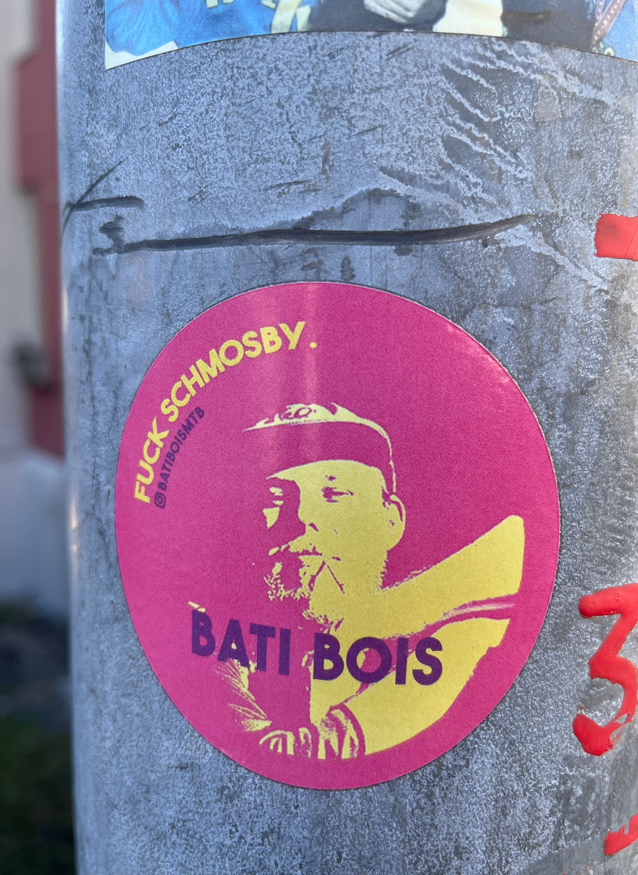
|
141268
|
Alex_Andersun
|
Switzerland
Davos Platz
|
|
|
—
|
|
|
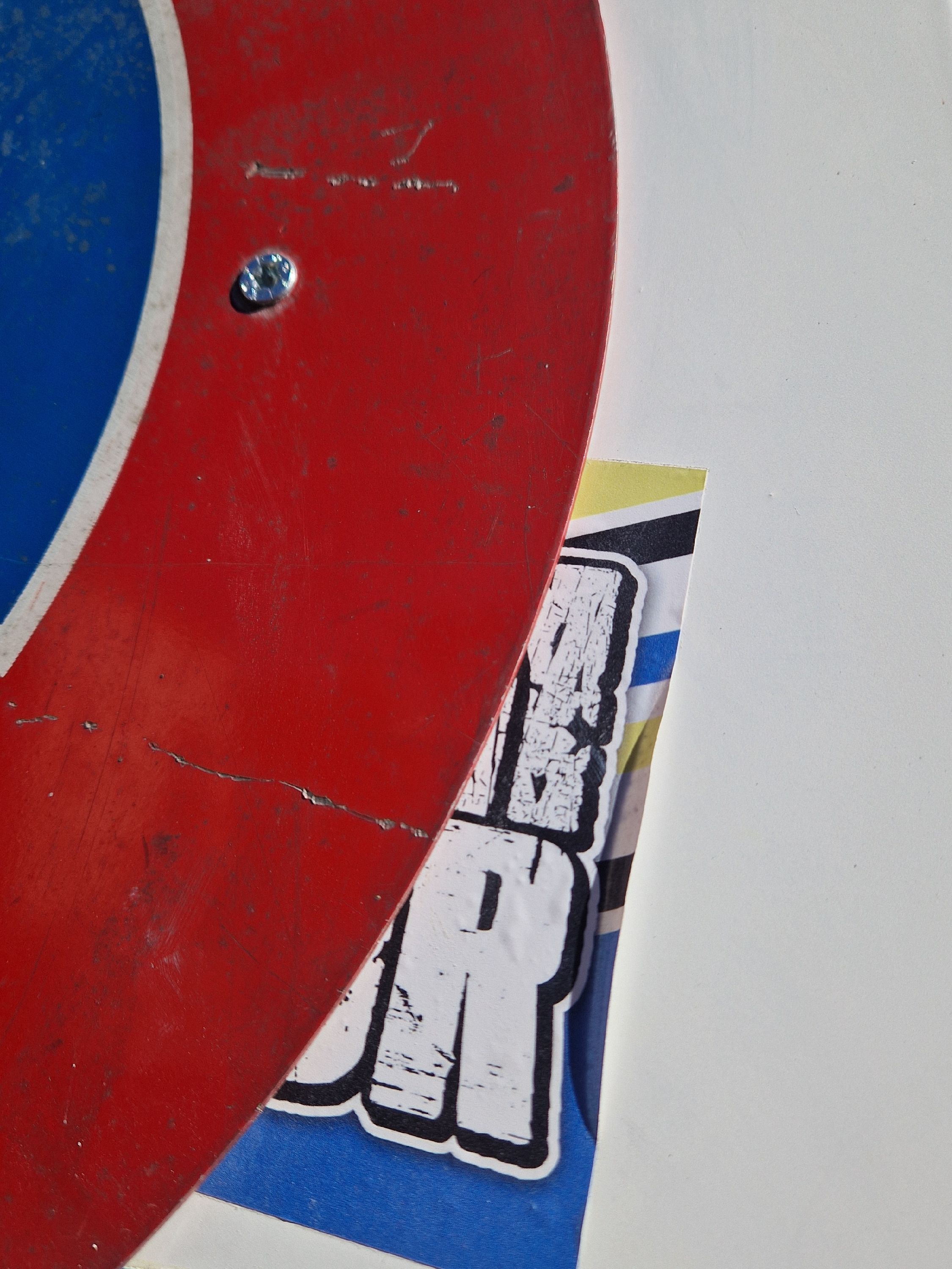
|
141015
|
Janis_Schneider
|
Switzerland
Davos Platz
|
|
|
—
|
|
|

|
141271
|
Alex_Andersun
|
Switzerland
Davos Platz
|
|
|
—
|
|
|

|
142044
|
Naomi_Heller
|
Switzerland
Davos Platz
|
|
|
—
|
|
|
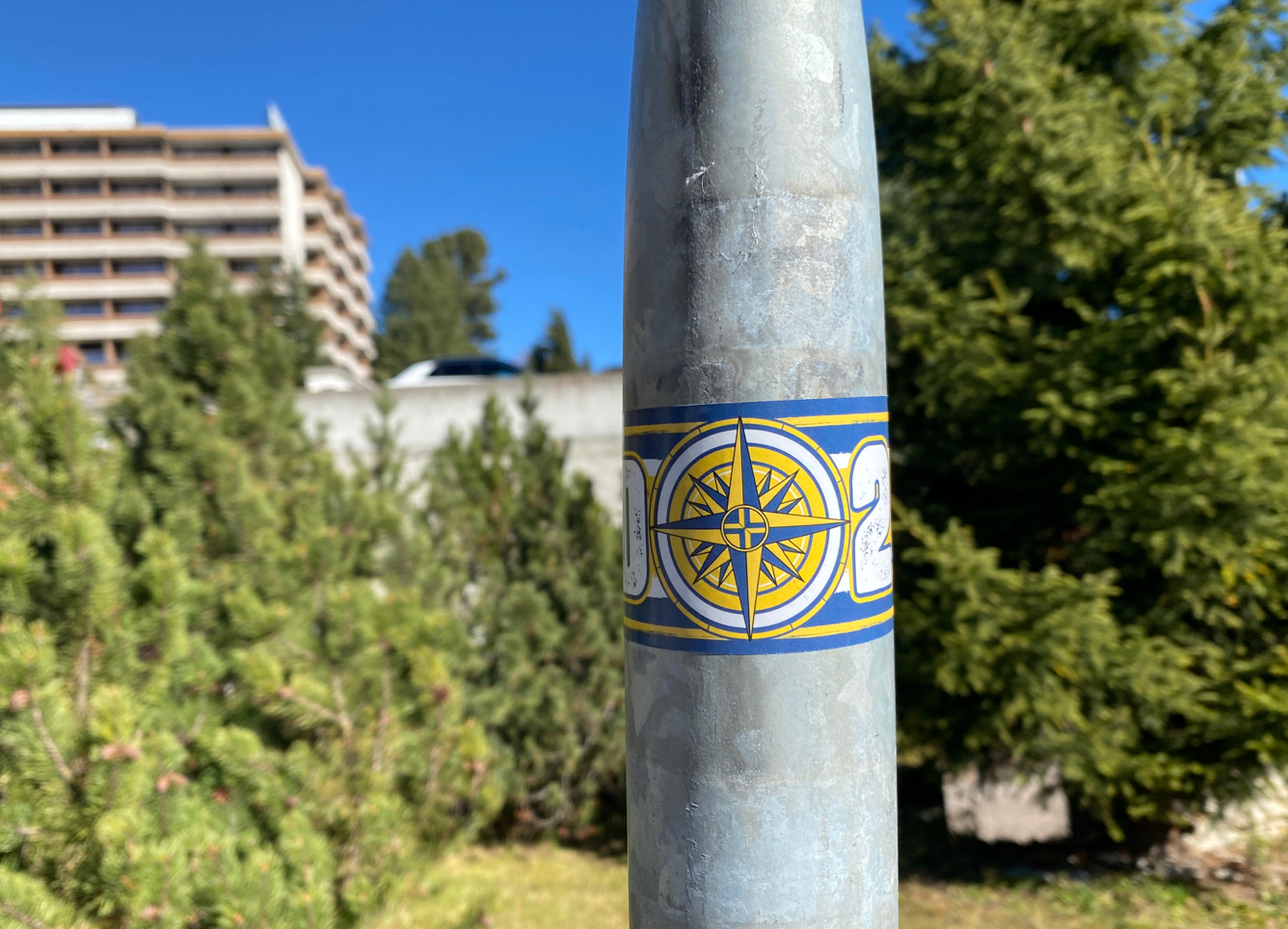
|
141277
|
Travis
|
Switzerland
Davos Platz
|
|
|
—
|
|
|

|
141278
|
Travis
|
Switzerland
Davos Platz
|
|
|
—
|
|
|

|
142046
|
Naomi_Heller
|
Switzerland
Davos Platz
|
|
|
—
|
|
|
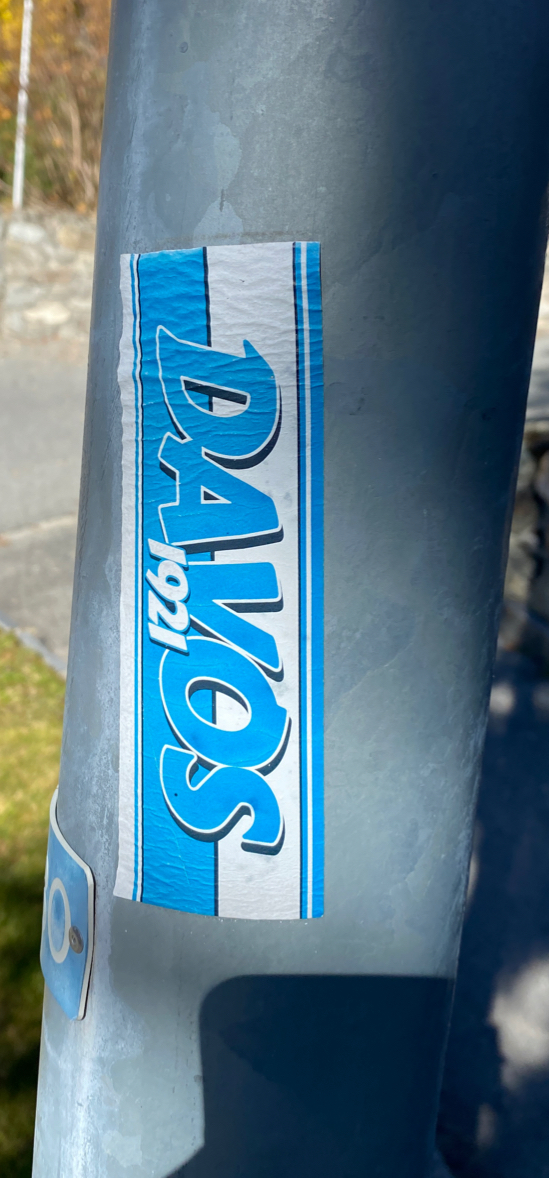
|
141282
|
Travis
|
Switzerland
Davos Platz
|
|
|
—
|
|
|

|
141283
|
Naomi_Heller
|
Switzerland
Davos Platz
|
|
|
—
|
|
|
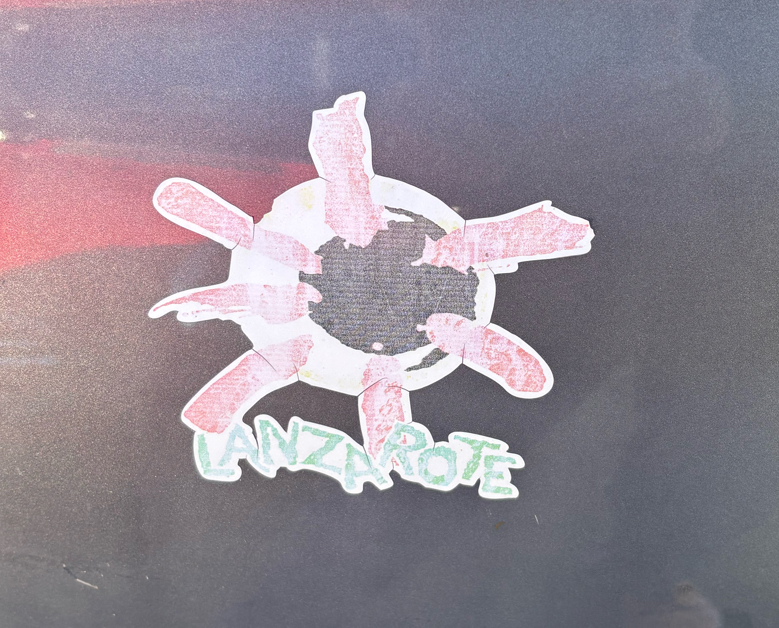
|
142053
|
Naomi_Heller
|
Switzerland
Davos Platz
|
|
|
Sticker on car
|
|
|
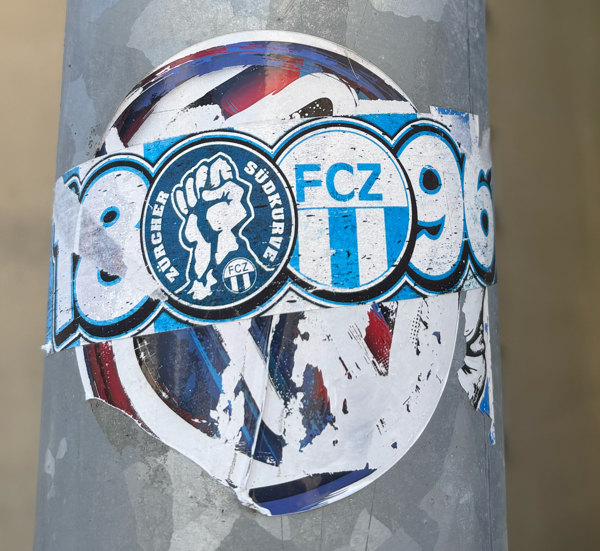
|
141286
|
Naomi_Heller
|
Switzerland
Davos Platz
|
|
|
—
|
|
|
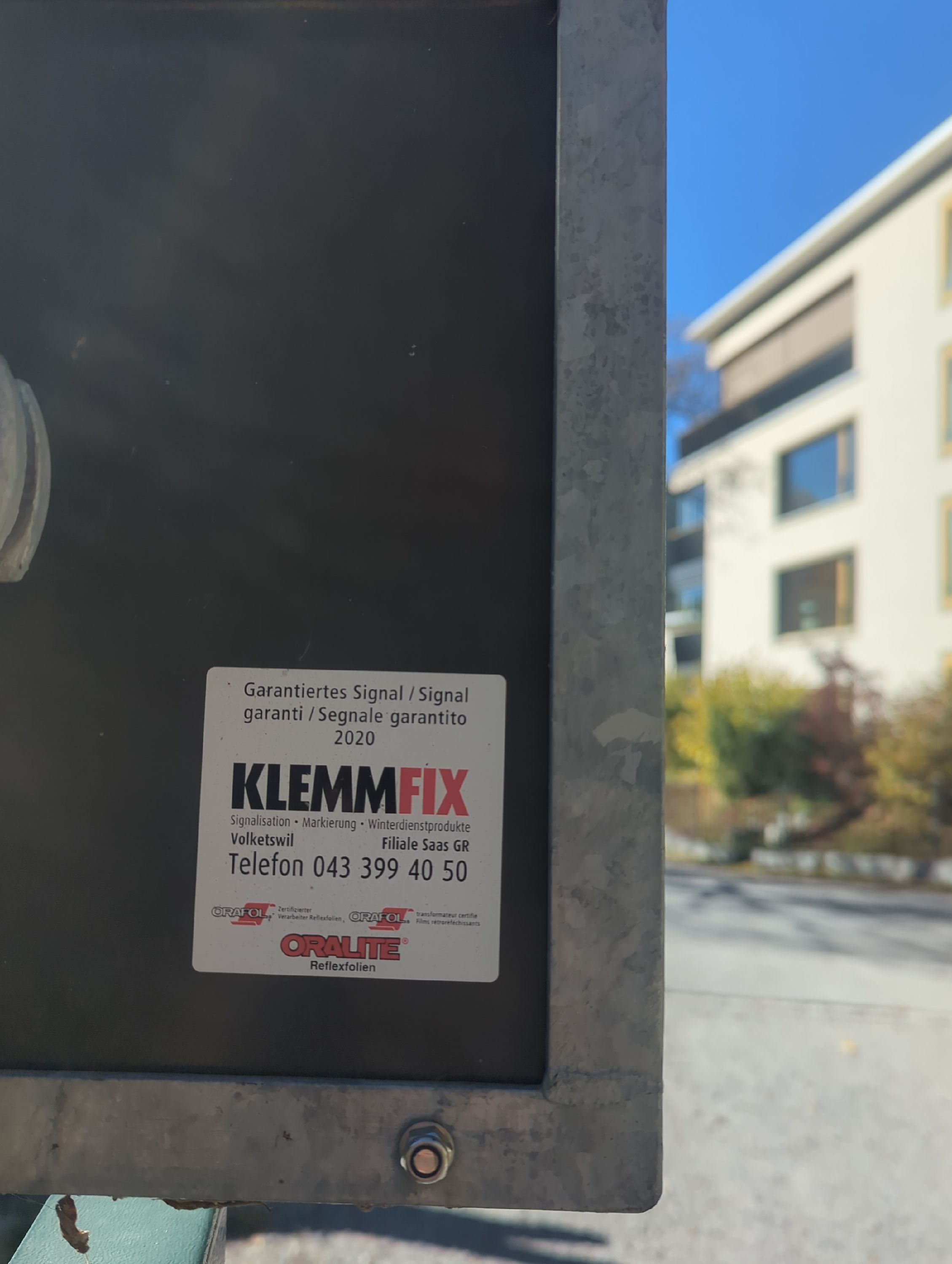
|
141287
|
fabian.rodriguez
|
Switzerland
Davos Platz
|
|
|
back of a sing
|
|
|
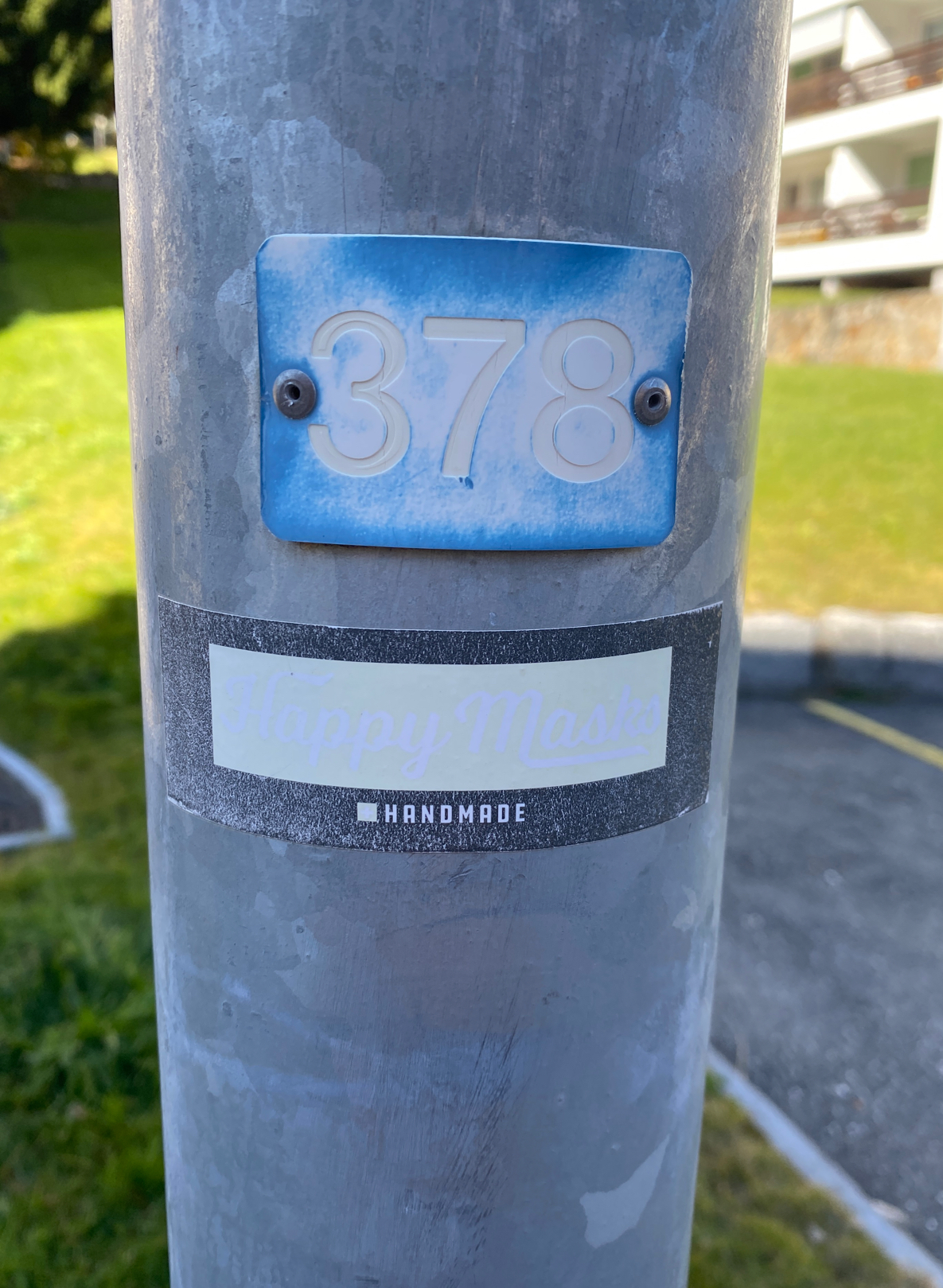
|
141289
|
Travis
|
Switzerland
Davos Platz
|
|
|
—
|
|
|
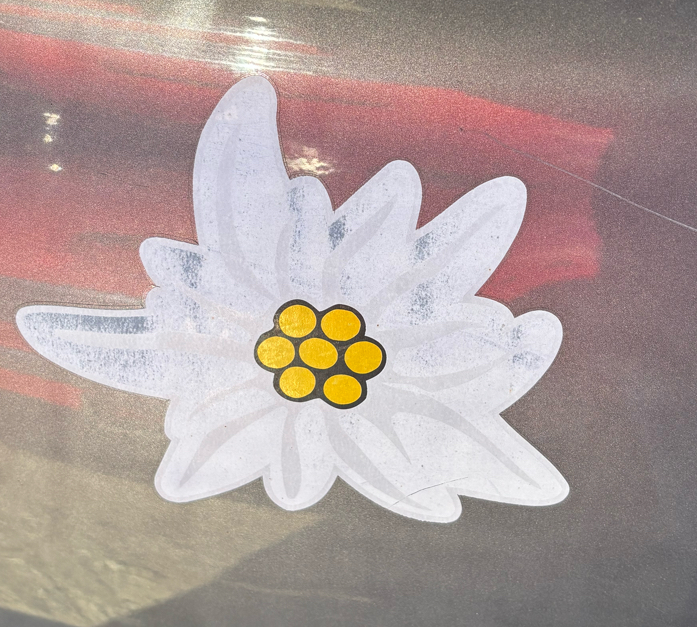
|
142057
|
Naomi_Heller
|
Switzerland
Davos Platz
|
|
|
Sticker on car
|
|
|

|
141290
|
fabian.rodriguez
|
Switzerland
Davos Platz
|
|
|
back of a sing
|
|
|

|
142059
|
Naomi_Heller
|
Switzerland
Davos Platz
|
|
|
Sticker on car
|
|
|
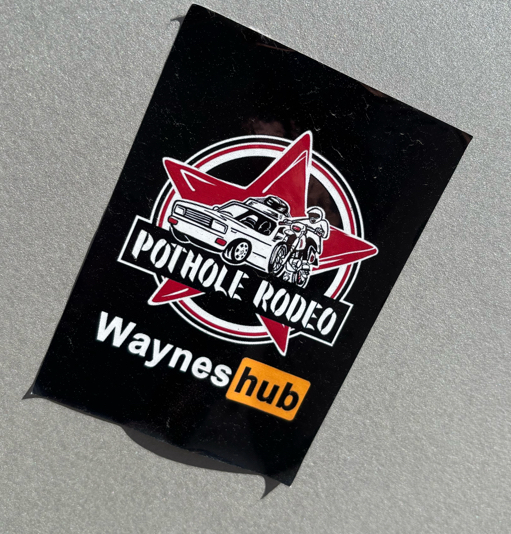
|
141293
|
Naomi_Heller
|
Switzerland
Davos Platz
|
|
|
—
|
|
|
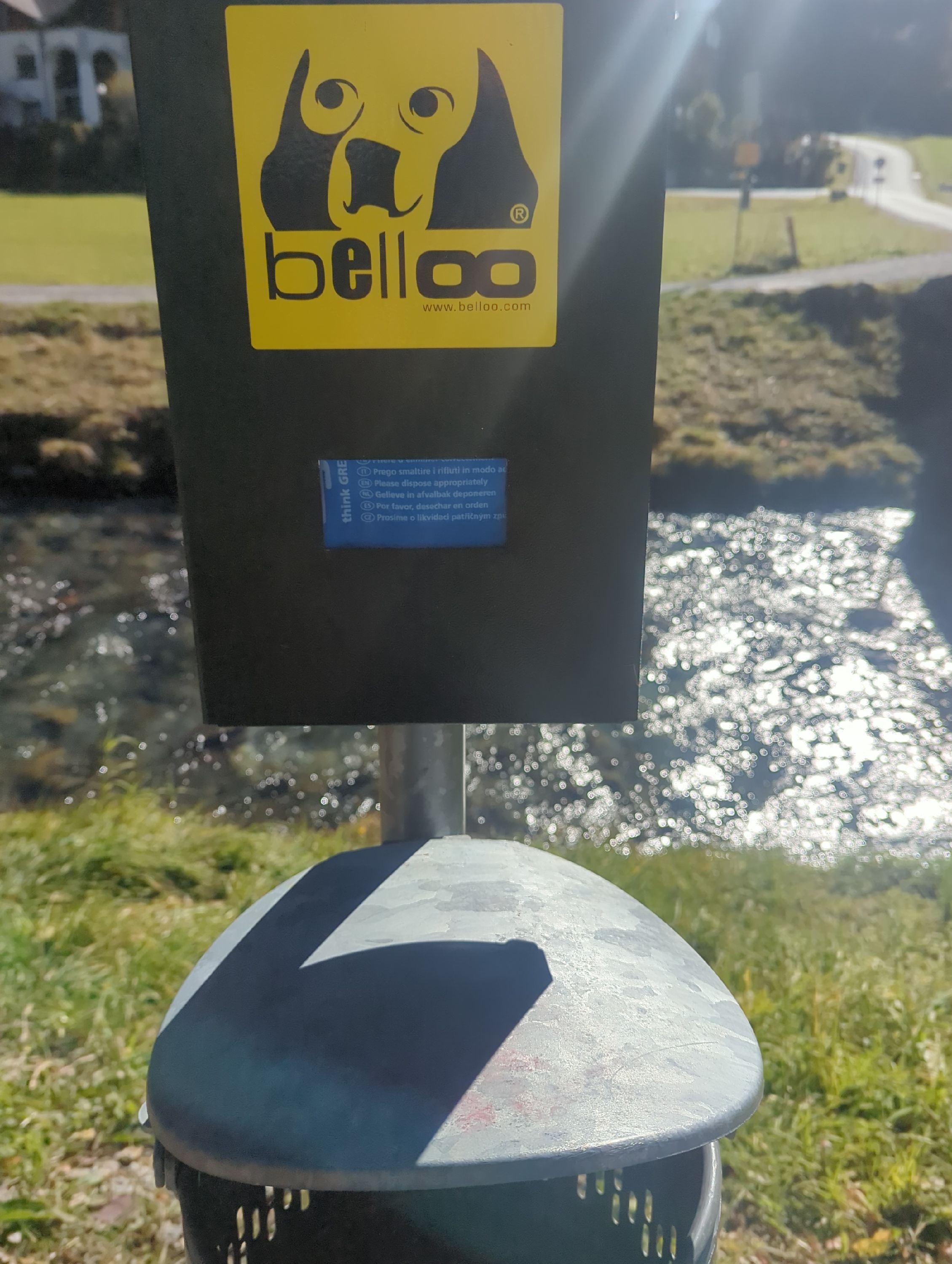
|
141294
|
fabian.rodriguez
|
Switzerland
Davos Platz
|
|
|
—
|
|
|
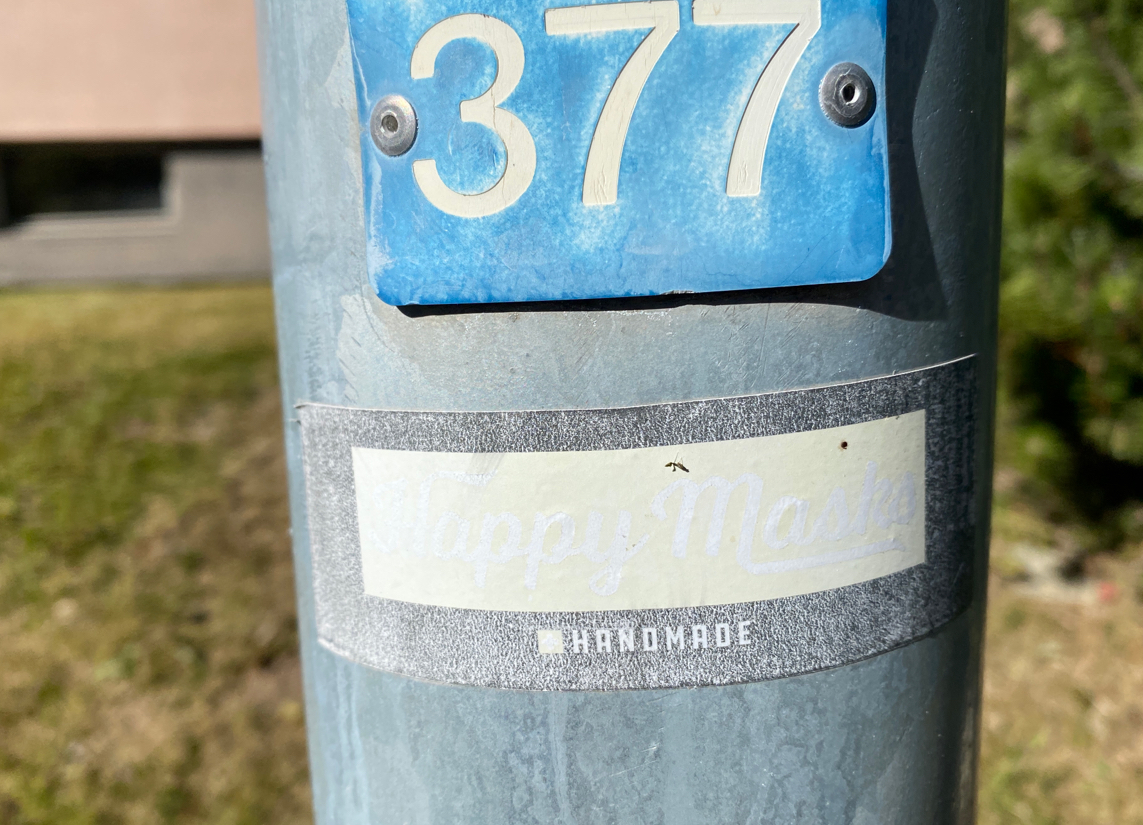
|
141299
|
Travis
|
Switzerland
Davos Platz
|
|
|
—
|
|
|
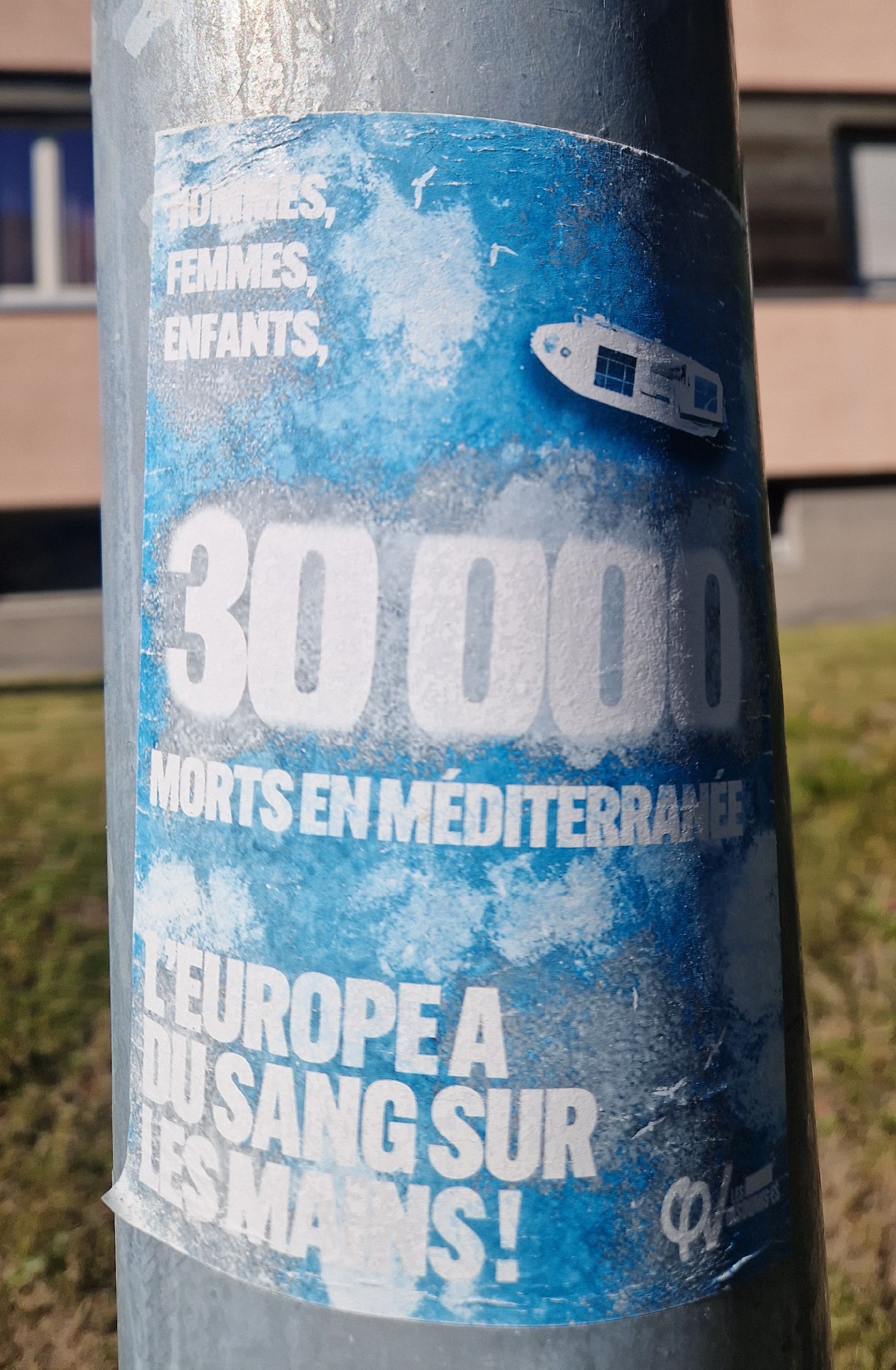
|
141300
|
Janis_Schneider
|
Switzerland
Davos Platz
|
|
|
—
|
|
|